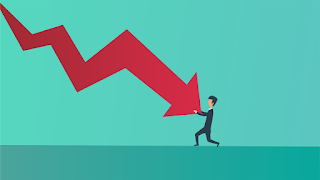CAN RECESSION AFFECT YOUR JOB AND HOUSEHOLD BUDGET?
During a recession, the unemployment rate normally rises because there is a lack of demand for products and services, which leads to a lack of need for employees.
As a result of state and local governments implementing stay-at-home orders in reaction to the COVID-19 epidemic, the unemployment rate rose from 3.5 percent in February 2020 to a record 14.8 percent in April 2020, triggering the most recent U.S. recession.
The exceptional loss of 22.1 million jobs between January and April 2020 triggered this massive increase in the unemployment rate. However, the economy quickly recovered, and the COVID-19 recession was the shortest on record.
Prior to the epidemic, the United States had been experiencing its longest era of expansion in history. The Great Recession, which began in December 2007 and concluded in June 2009, was followed by a protracted period of rising economic activity.
During the Great Recession, the worst economic slump in the United States since the Great Depression, the unemployment rate progressively increased from 5% in December 2007 to 9.5 percent in December 2009. (June 2009). However, the unemployment rate did not reach a peak until October 2009, when it reached 10%.
As the United States suffers economic challenges, the Bureau of Labor Statistics recorded a 3.6 percent unemployment rate in April 2022, with 5.9 million individuals unemployed.


.png)
Comments
Post a Comment